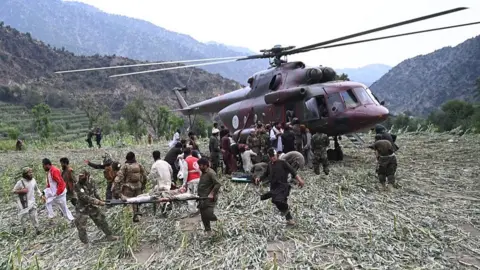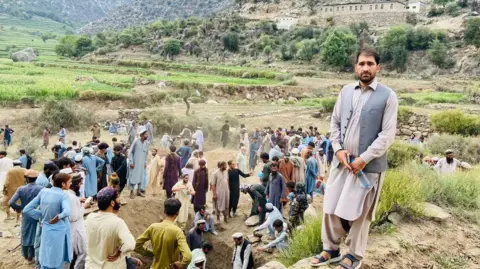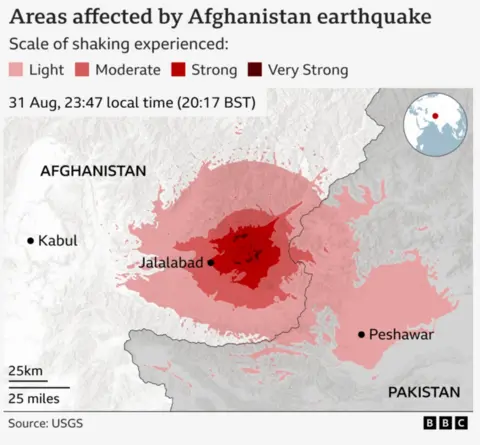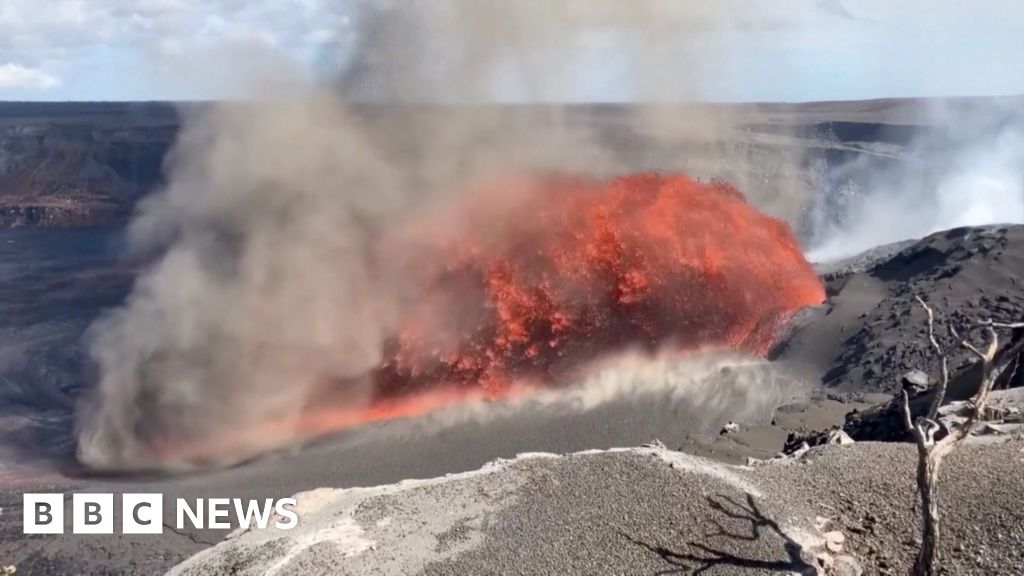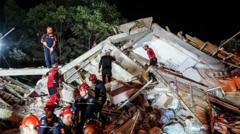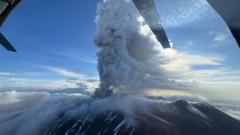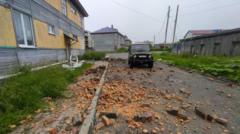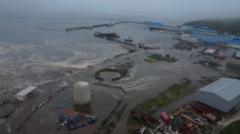In a significant geological event, the Krasheninnikov Volcano in the Kamchatka region of eastern Russia has erupted for the first time in over 500 years. This eruption, which released an ash plume soaring up to six kilometers (3.7 miles), is viewed by experts as a potential consequence of last week's powerful earthquake in the same region. Despite the dramatic spectacle, Russia's emergency ministry assured that there are no immediate threats to nearby populated areas.
Following this volcanic activity, another earthquake measuring 7.0 in magnitude struck the Kuril Islands, leading to tsunami warnings affecting three coastal locations on the peninsula. These seismic events may be interconnected, originating from the devastating 8.8 magnitude earthquake that rattled the region the previous week, prompting tsunami alerts as extensive as French Polynesia and Chile.
Local authorities noted that the likelihood of strong aftershocks could persist for weeks, given the intensity of Wednesday's earthquake, one of the most powerful in recorded history, which saw mass evacuations. The Russian emergency ministry advised residents in affected Kamchatka areas to remain cautious, despite the relatively low predicted wave heights of up to 18 centimeters (7 inches).
The last documented eruption of the Krasheninnikov Volcano dates back to the 15th century, and experts like Olga Girina, who leads the Kamchatka Volcanic Eruption Response Team, attribute the volcano's awakening to the recent seismic activity. Nestled within the Pacific Ring of Fire, the Kamchatka Peninsula is particularly prone to earthquakes and volcanic eruptions, making ongoing observation critical for local safety.



